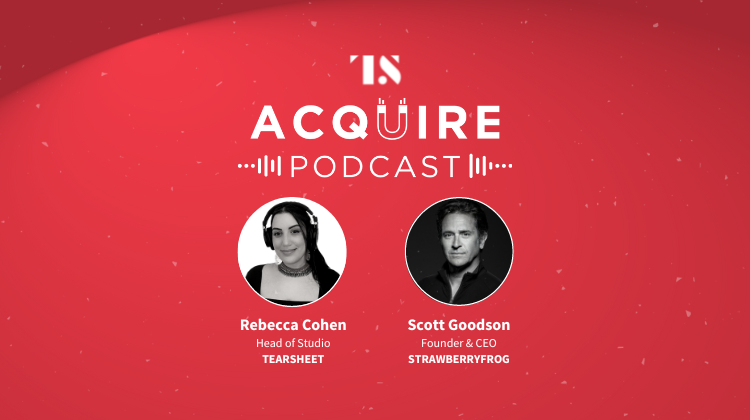Acquire Podcast, Modern Marketing, Podcasts
The Acquire Podcast Ep. 11: Movement as marketing and transformation with StrawberryFrog’s Scott Goodson
- StrawberryFrog’s founder and CEO Scott Goodson joins us on the Acquire Podcast.
- We talk about doing marketing with soul and intention, the shifting pyramid of power where the boss is no longer God, and the power of truly taking on corporate responsibility.








